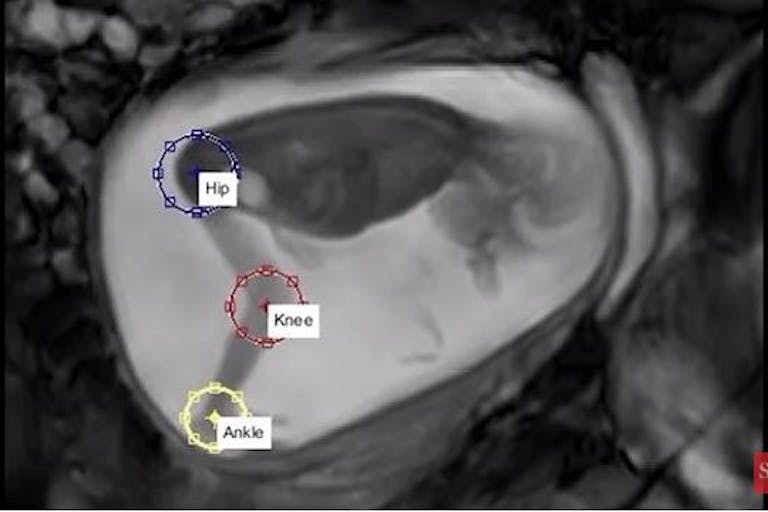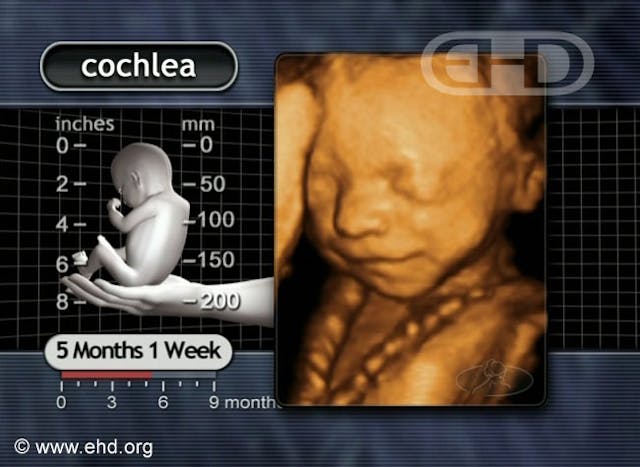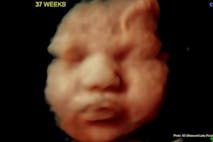
France exonerates all women penalized for abortion before its legalization
Angeline Tan
·
Pregnant women experience more than 10 pounds of force in preborn kick
A recent study from the UK shows that preborn children have a powerful kick, resulting in more than ten pounds of force in the wombs of their pregnant mothers. The kicks, which the study states are “critical” for proper musculoskeletal development, were captured using cine-magnetic resonance imaging technology (MRI) in the second half of pregnancy. The force of the muscles creates stress and strain within the fetal skeleton that leads to the development of the preborn baby’s skeletal tissues.

The study tracked fetal movement and found that “fetal kick force increases significantly from 20 to 30 weeks’ gestation” before ultimately slowing down as the preborn child runs out of room to move during the third trimester. Stress and strain in the preborn child’s skeleton increase during the second half of pregnancy as well, and this increase is important to researchers because “changes in movement in late pregnancy have been linked to poor fetal outcomes and musculoskeletal malformations.” Researchers state that this could reveal a link between fetal biomechanics and skeletal malformations and thereby help with future research in tissue engineering and mechanobiology.
Article continues below
Dear Reader,
In 2026, Live Action is heading straight where the battle is fiercest: college campuses.
We have a bold initiative to establish 100 Live Action campus chapters within the next year, and your partnership will make it a success!
Your support today will help train and equip young leaders, bring Live Action’s educational content into academic environments, host on-campus events and debates, and empower students to challenge the pro-abortion status quo with truth and compassion.
Invest in pro-life grassroots outreach and cultural formation with your DOUBLED year-end gift!
READ: What does science say about fetal pain?
“This research represents the first quantification of kick force and mechanical stress and strain due to fetal movements in the human skeleton in utero, thus advancing our understanding of the biomechanical environment of the uterus,” the researchers stated.

The study notes that the first observable prenatal movements usually occur at 10 weeks gestation as the head and the neck bend. By 15 weeks, whole-body movements are occurring regularly, including limb movements, breathing, and stretching. Pregnant mothers usually begin to feel a preborn child’s movements by 18 weeks gestation, sometimes earlier. Sudden changes in prenatal movement can indicate a problem with the preborn child that could lead to an emergency delivery.
Live Action News is pro-life news and commentary from a pro-life perspective.
Contact editor@liveaction.org for questions, corrections, or if you are seeking permission to reprint any Live Action News content.
Guest Articles: To submit a guest article to Live Action News, email editor@liveaction.org with an attached Word document of 800-1000 words. Please also attach any photos relevant to your submission if applicable. If your submission is accepted for publication, you will be notified within three weeks. Guest articles are not compensated (see our Open License Agreement). Thank you for your interest in Live Action News!

Angeline Tan
·
Politics
Angeline Tan
·
Politics
Nancy Flanders
·
Politics
Right to Life UK
·
International
Angeline Tan
·
Human Interest
Nancy Flanders
·
Politics
Nancy Flanders
·
Human Interest
Nancy Flanders
·
Human Interest
Nancy Flanders
·
Analysis
Nancy Flanders
·
Politics
Nancy Flanders
·